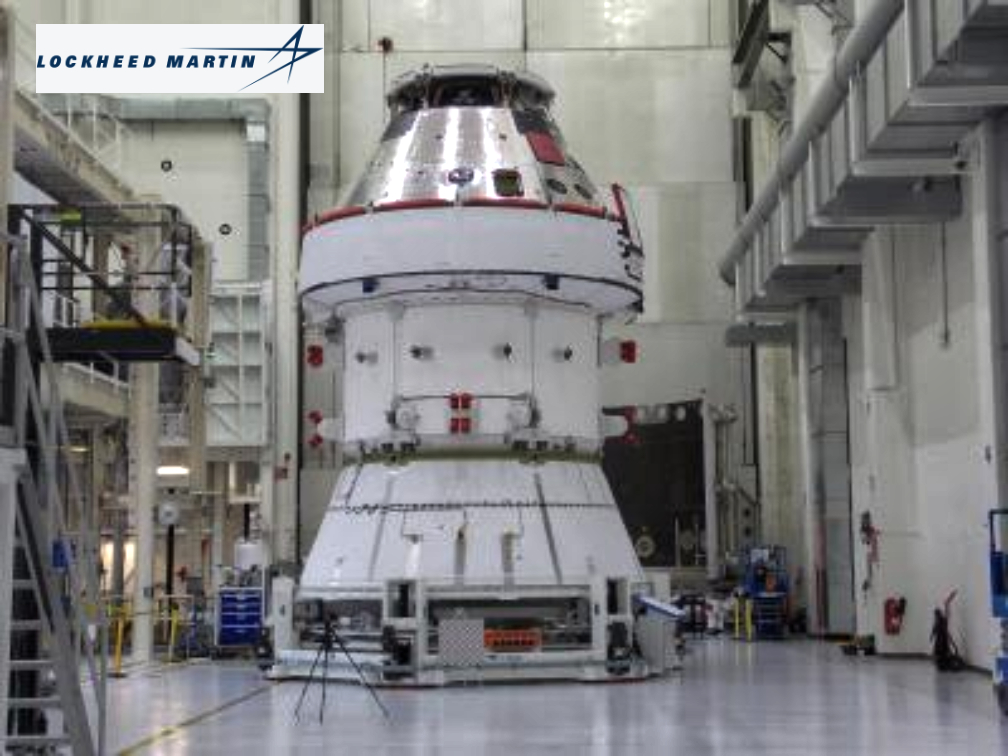As Lockheed Martin designs and tests spacecraft, massive amounts of data points are created and it’s important to review that information to pinpoint any anomalies. That process could be extremely time consuming without the correct tools in place, such as artificial intelligence (AI) technology.

For years, Lockheed Martin has incorporated NEC Corporation’s System Invariant Analysis Technology (SIAT) into its space programs to aid in this process. That will now continue through 2024 thanks to a new multi-year licensing agreement that was recently signed.

NEC’s SIAT advanced analytics engine uses data collected from sensors to learn the behavior of systems and proactively detect inconsistencies. SIAT can identify relationships that haven’t been discovered by experts and comprehensively visualize them, providing tremendous aid to the employees monitoring facilities and systems.
“It gives us a holistic view of a system and an understanding that we haven’t been able to analyze in this way in the past,” said Kevin Woodward, Lockheed Martin Space Fellow Emeritus and a senior manager for AI.
Without these advanced AI and machine learning tools, it would be impossible for a single engineer to analyze the massive amounts of data manually at the speed needed to analyze the information in its entirety.
“These are very complex systems that we’re working with and SIAT enables us to quickly analyze how subsystems work with one another. SIAT can analyze large sums of data within only a few hours. If you were to ask a human to do the same task, it could take hundreds of years,” said Woodward.
Lockheed Martin has integrated SIAT into its Technology for Telemetry Analytics for Universal Artificial Intelligence (T-TAURI) AI service, a comprehensive time series analysis framework. This allows the company to drive proactive anomaly detection during the design, development, production and testing of spacecraft – even before applications in mission operations. By integrating SIAT within Lockheed Martin’s T-TAURI platform, teams can gain an exhaustive, holistic understanding of a system, creating a foundational structure for other advanced technologies like system-level digital twins.
Lockheed Martin has already successfully applied this technology on several operations, including during Orion testing. Within four hours, T-TAURI and SIAT built a model of the Orion vehicle’s normal operations from nearly 150,000 sensors to establish over 22 billion logical relationships for analysis. The resulting models can be used to monitor all future tests of subsequent vehicles to compare expected and irregular behavior to analyze consistency and aid in regression analysis.
In addition to Orion, Lockheed Martin is deploying SIAT in satellite production. The company is using the AI technology to assist with prognostics, data review, and anomaly detection/resolution and testing. The application of big data, AI, and ML capabilities will enable significant cost savings on system production while improving mission assurance.
